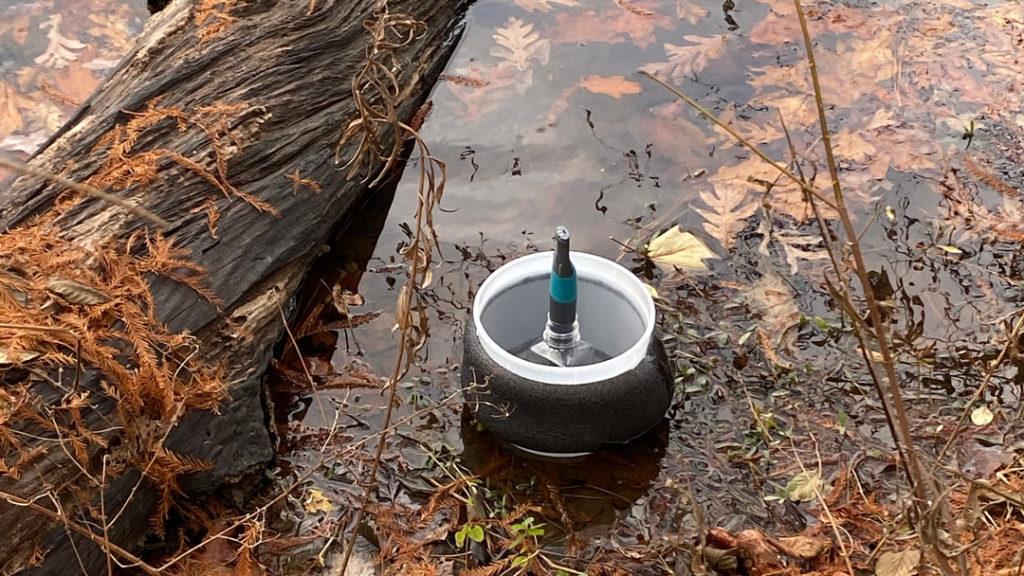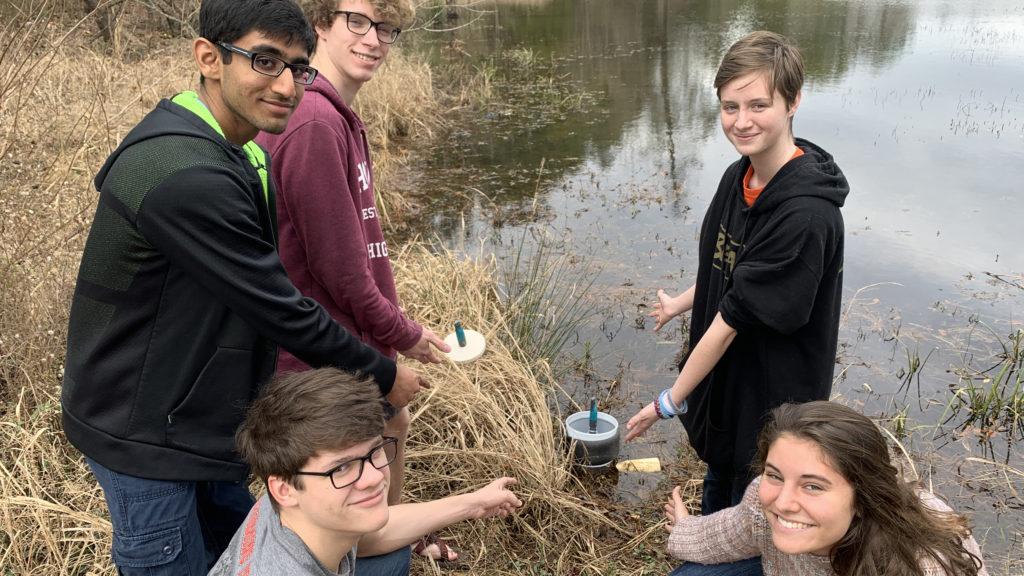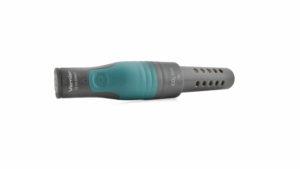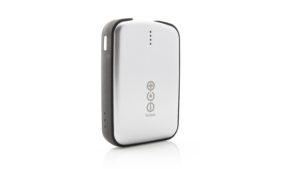By: Janet Ort, Hoover High School
My students, known as the BioBucs, decided CO2 movement would be the focus of our Lexus EcoChallenge submission this fall. Carbon movement is an important part of ecological structure and processes. Carbon moves through ecosystems as a solid and a gas. A few years ago in the December 2016 Science Teacher, I saw a model of the Vernier CO2 Gas Sensor inserted into a plastic container floating over water being used to measure CO2 diffusing from water. Working through the engineering design process, we created a 3D-printed and a “homemade” model of a container to hold the Go Direct® CO2 Gas Sensor. While testing, we found the 3D model material was too porous to sustain flotation. The “homemade” version floated and provided a stable base in still water with reliable data.
To make our homemade model float, we used the 250 mL Nalgene® Bottle that came with the Go Direct CO2 Sensor, a larger plastic container, silicone sealant, and foam pipe insulation. First, we cut a hole in the bottom of the large plastic container, smaller than the bottom of the Nalgene bottle. Then, we cut off the bottom of the Nalgene bottle. We placed the bottom of the Nalgene bottle over the hole in the bottom of the container, sealed the junction between them with silicon, and let it sit overnight. We adjusted the foam pipe insulation as a flotation collar so the container would float partially in the water. Our cost was approximately $10 in materials in addition to the cost of the sensor. The Go Direct CO2 Gas Sensor fit perfectly in the Nalgene bottle; it was stable and suspended over the water without actually getting wet. This is important because the CO2 sensor cannot get wet or it will stop working.

For our data collection, we chose to measure still water first. Using LabQuest® 2 and the LabQuest Battery Boost, we tested several 4–6 hour data-collection periods. We found that the rate of CO2 production increased in multiple types of water. The increase in CO2 measured is likely from cellular respiration and decay in our pond. One of our next steps is to build a confined container with sample water to determine the difference between the biological activities and the abiotic diffusion in the water.
Download the full presentation of this application of engineering design.



